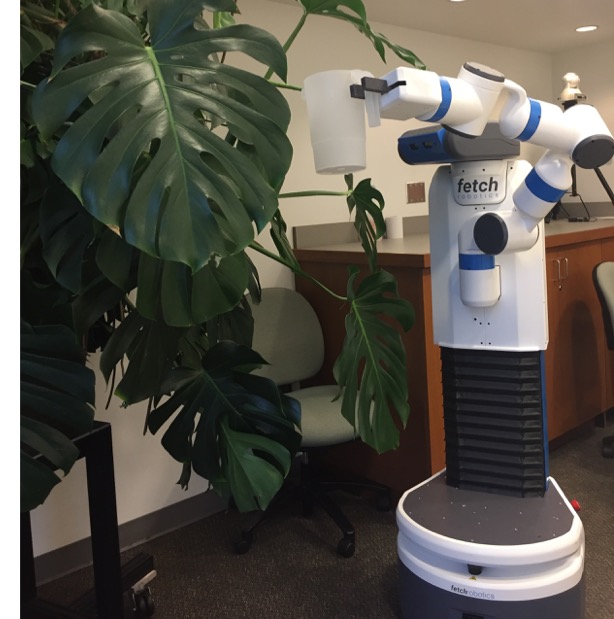Robot Motion Planning
Enabling robots to move safely in human-centric environments
Robot motion planning enables robots to move through complex, real-world evironments while avoiding collisions with objects in order to safely accomplish tasks.
Much of my research focus is on advancing the state-of-the-art in robot motion planning theory.
I investigate sampling- and optimization-based methods for both holonomic and non-holonomic systems.
Tentacle-like surgical robots, such as concentric tube robots, steerable needles, and tendon-actuated soft robots can reduce the invasiveness of surgical procedures.
Compared to traditional robotic systems, planning motions for these robots requires overcoming unique challenges.
For instance many of these systems come with uncertain and computationally-expensive shape models.
Accounting for these challenges in the design of motion planning algorithms can enable these systems to operate safely inside the human body.
With advances in 3D printing and other rapid prototyping techniques, robots can now be designed for specific environments and purposes.
For instance, surgical robots can be tailored to a patient's specific anatomy.
I investigate algorithms that computationally optimize the design of robots while taking into account the ability of the robot to perform useful tasks.


